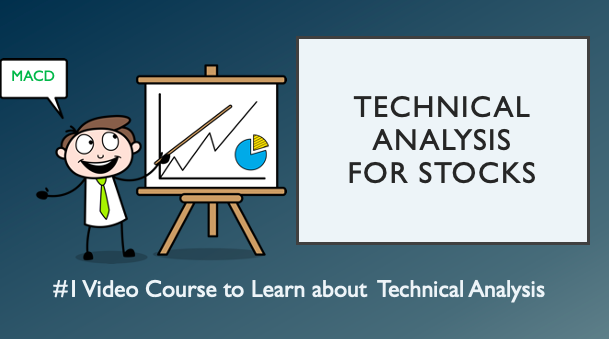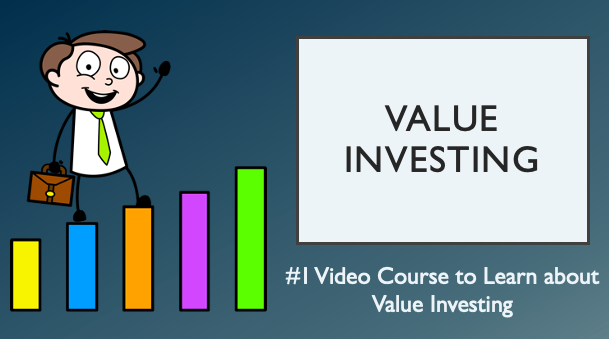Book Summary of The Warren Buffet Stock Portfolio
by Mary Buffett and David Clark

What is this book about?
"The Warren Buffett Stock Portfolio" by Mary Buffett and David Clark focuses on the investment strategies of Warren Buffett, particularly the stocks he has chosen for his own portfolio and for Berkshire Hathaway. The book examines seventeen companies that Buffett considers to have a durable competitive advantage, providing detailed analyses of why these companies are good long-term investments. The authors also delve into Buffett's approach to valuing companies, explaining how to estimate future returns based on a company's per-share earnings and book value histories.
Who should read the book?
This book is ideal for investors, both novice and experienced, who are interested in understanding Warren Buffett's investment philosophy and strategy. It is particularly useful for those who want to learn how to identify companies with a durable competitive advantage and value them for long-term investment potential. Financial analysts, portfolio managers, and anyone interested in value investing will find this book valuable.
10 Big Ideas from the Book:
- Durable Competitive Advantage: Warren Buffett invests in companies that have a durable competitive advantage, ensuring long-term profitability.
- Valuing Companies: Understanding how to value companies based on their per-share earnings and book value histories is crucial for making informed investment decisions.
- Market Timing: Buffett believes in buying stocks when they are undervalued, especially during times of economic pessimism when others are selling.
- Equity as Bonds: Viewing stocks of companies with a durable competitive advantage as "equity bonds" that offer variable but predictable returns.
- Long-Term Focus: Buffett's strategy is centered on long-term investments rather than short-term gains, focusing on companies that will generate consistent earnings over time.
- Old Companies with Consistent Products: Companies that have been around for decades and sell consistent, well-established products are more likely to have a durable competitive advantage.
- Importance of Earnings Consistency: Consistent earnings growth over a long period is a key indicator of a company’s competitive advantage and investment potential.
- Impact of Inflation: Companies like American Express benefit from inflation because their revenue increases as the prices of goods and services rise.
- Avoiding Speculation: Buffett's approach is to avoid speculative investments and focus on solid companies with proven track records.
- Learning from Mistakes: The book also highlights how Buffett learns from past mistakes, such as his early investments influenced by Benjamin Graham's teachings, and how he refined his strategy over time.
Summary of "The Warren Buffett Stock Portfolio"
Overview: "The Warren Buffett Stock Portfolio" by Mary Buffett and David Clark offers an in-depth look into the investment principles and strategies of Warren Buffett, particularly focusing on the specific companies in which Buffett has invested. The book serves as both an analysis of Buffett's current portfolio and a practical guide for investors seeking to apply his methods.
Key Themes and Insights:
-
Durable Competitive Advantage:
- Buffett's investment philosophy is rooted in identifying companies with a "durable competitive advantage." These are companies that have a strong market position, brand loyalty, or some form of economic moat that allows them to sustain profits over the long term.
- Examples include well-established companies like Coca-Cola, Johnson & Johnson, and American Express, all of which have a long history of steady earnings and market leadership.
-
Value Investing Principles:
- The book emphasizes the importance of buying stocks at a discount to their intrinsic value, a principle derived from Buffett's mentor, Benjamin Graham. However, Buffett has evolved this approach by focusing not just on price but also on the quality of the business.
- Intrinsic value is calculated by estimating the future cash flows of the company and discounting them to present value. This requires understanding the business deeply and projecting its future earnings with reasonable accuracy.
-
Equity Bonds Concept:
- One of Buffett’s unique insights is treating stocks of companies with a durable competitive advantage as "equity bonds." These are stocks that offer predictable and growing returns, akin to a bond with a variable interest rate that increases over time.
- This concept helps investors focus on the long-term earning potential of a company rather than short-term market fluctuations.
-
Importance of Consistent Earnings:
- Companies with a durable competitive advantage typically show a consistent upward trend in their earnings over a long period. This consistency is a hallmark of a good investment, as it reflects the underlying strength and stability of the business.
- The book contrasts these stable companies with those in highly competitive or cyclical industries, which often have erratic earnings and are less likely to be successful long-term investments.
-
Market Timing and Patience:
- Buffett's strategy involves buying stocks when they are undervalued, often during periods of economic pessimism or market downturns. He waits for the right opportunity to buy great companies at attractive prices.
- The book advises investors to be patient, build up cash reserves, and be ready to invest when the market presents opportunities, rather than trying to time the market frequently.
-
Predictability and Long-Term Focus:
- Predictable products and services lead to predictable profits. Buffett prefers investing in companies that have been around for a long time and are likely to continue to be profitable in the future, such as Coca-Cola and Procter & Gamble.
- The focus is always on the long-term potential of a company rather than short-term market movements or speculative gains.
Key Metrics and Ratios:
-
Earnings Per Share (EPS):
- EPS is a crucial metric for understanding a company's profitability on a per-share basis. It is calculated as the net earnings divided by the number of outstanding shares.
- Consistent growth in EPS over a long period is a strong indicator of a company's durable competitive advantage.
-
Price-to-Earnings Ratio (P/E Ratio):
- The P/E ratio is a measure of how much investors are willing to pay for a dollar of a company’s earnings. It is calculated by dividing the current market price of the stock by its earnings per share.
- Buffett tends to look for companies with a P/E ratio that is lower than their historical averages, especially during market downturns, indicating that the stock is undervalued.
-
Price-to-Book Ratio (P/B Ratio):
- The P/B ratio compares a company's market value to its book value, which is calculated as total assets minus total liabilities. A lower P/B ratio can indicate that a stock is undervalued relative to its actual net assets.
- For companies with a durable competitive advantage, Buffett sometimes looks for a P/B ratio that reflects a reasonable premium over book value, considering the company’s ability to generate consistent earnings.
-
Return on Equity (ROE):
- ROE measures a company’s profitability by revealing how much profit a company generates with the money shareholders have invested. It is calculated by dividing net income by shareholders' equity.
- A high and stable ROE is often a sign of a company with a durable competitive advantage, as it indicates efficient use of equity capital.
-
Dividend Yield:
- The dividend yield is the dividend per share divided by the price per share. It indicates how much cash flow you are getting for each dollar invested in an equity position.
- Buffett values companies that can not only pay dividends but also grow them consistently over time, which is a sign of strong underlying profitability.
-
Book Value Per Share (BVPS):
- BVPS is the equity available to common shareholders divided by the number of outstanding shares. It is a measure of the net asset value of a company.
- Buffett uses BVPS as a rough measure of a company’s intrinsic value growth over time, looking for a steady increase in book value as an indicator of a strong business.
-
Historical Growth Rates:
- Historical growth rates of earnings, book value, and dividends are used to project future growth. This involves calculating the compound annual growth rate (CAGR) over a period of 5 to 10 years to understand the trend.
- Predicting future returns based on historical growth rates allows Buffett to estimate whether a company can continue to generate above-average returns.
Significance of These Metrics:
- EPS and ROE are critical in assessing the profitability and efficiency of a company. High and stable values in these metrics often indicate a strong business model with a competitive edge.
- P/E and P/B ratios help determine whether a stock is overvalued or undervalued compared to its earnings or book value, guiding decisions on when to buy or sell.
- Dividend Yield and BVPS provide insights into the cash flow and asset growth of a company, which are important for long-term investment success.
These metrics and ratios are not just numbers; they are tools that Buffett uses to understand the underlying strength of a company, assess its long-term profitability, and make informed investment decisions. By focusing on companies that perform well on these key metrics, Buffett ensures that his investments are not only safe but also have the potential to grow significantly over time.
Which other books are used as reference?
The book references several other works by the same authors on Warren Buffett's investment strategies, including:
- Buffettology
- The Buffettology Workbook
- The New Buffettology
- The Tao of Warren Buffett
- Warren Buffett and the Interpretation of Financial Statements
- Warren Buffett’s Management Secrets
- Warren Buffett and the Art of Stock Arbitrage
These references provide additional context and deeper insights into Buffett's methods and how they can be applied by individual investors.
Browse Summaries of Top Investing books!
You may also like the below Video Courses



